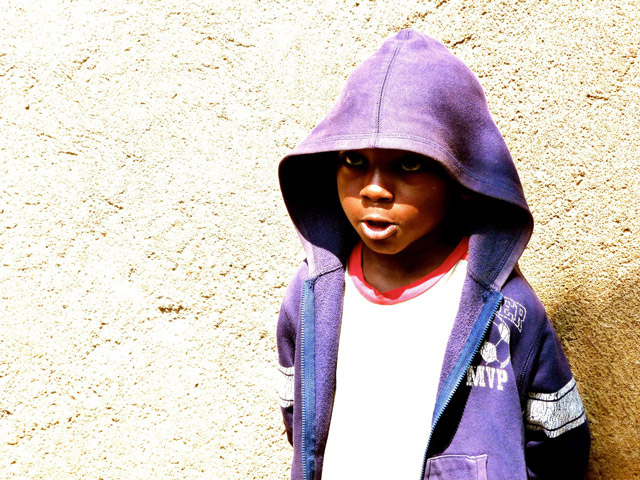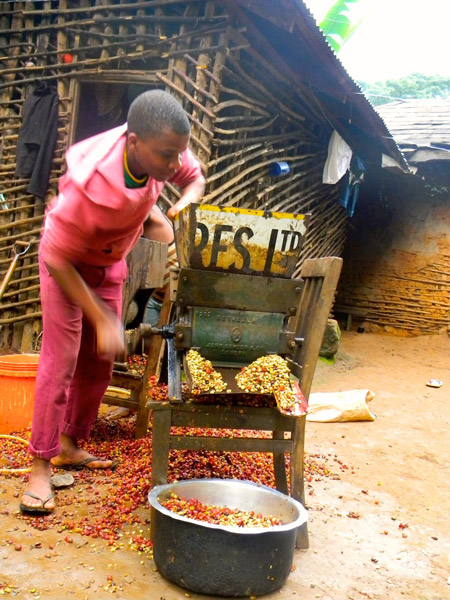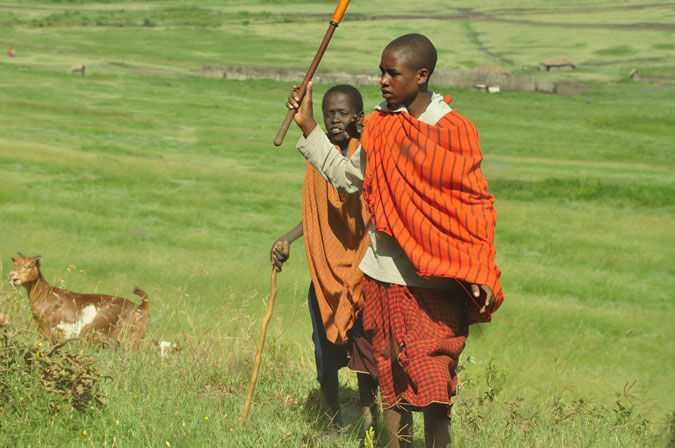Tanzania is home to over 51 million people who co-exist
peacefully and positively and with more than 120 different languages
spoken and around 125 ethnic groups, the country is a lively mixture of
culture, religion and cuisine.
Some of Tanzania’s tribes are better known than others – so let’s take a very quick tour of Tanzania’s most famous tribes.
Hadzabe: one of the world’s last hunter-gatherers

The Hadza, or Hadzabe, tribe have kept to their hunter-gatherer way
of life for thousands of years and today are one of the last remaining
hunter-gatherer tribes on the planet. With fewer than 1,500 tribe
members, the Hadzabe live a nomadic, decentralised existence around the
Yaeda Valley and nearby rocky scrub hills, in northern Tanzania.
Hunting daily and existing on a diet of meat, honey and roots, the
Hadzabe live in harmony with their eco-system, refusing to hunt with
dogs as this would disrupt the balance. With little or no protection
from the encroaching modern way of life with its tradition of land
ownership, the tribe’s very existence is threatened. Some of the tribe
interact with travellers, so you may get a chance to see them in hunting
action, knowing that what you are witnessing is a rare culture on the
cusp of disappearing forever. It’s a sobering thought and one which
should inform how we think about land ownership and management.
Chagga: the tribe of Kilimanjaro

In contrast to the Hadzabe, the Chagga people are numerous – the
third largest ethnic group in Tanzania. If you’re planning an ascent up
Kilimanjaro, you’re bound to meet with a Chagga on your travels as they
generally live on the south and eastern slopes of the mountain near
Moshi, the town from where you’d usually start your ascent.
The Bantu-speaking Chagga are agriculturalists, growing crops such as
yams, beans, maize and bananas. They are also known for their coffee,
and you can spend a day on a Chagga coffee plantation and learn about
the crop from bean to the final steaming cup of coffee – and even make
your own blend!
There are no centralised villages in Chagga culture – each family
lives in their own coffee and banana plantation which creates a pretty
and perfumed patchwork effect across the slopes of Kilimanjaro. The
Chagga history is one of chiefdoms aligning, disintegrating, fighting
and re-aligning – not quite Game of Thrones, but certainly a very
colourful track record!

Sukuma: The Northwesterners
The Sukuma – meaning ‘people of the North’ – are the largest ethnic
group in Tanzania and live in northwestern Tanzania. They’re closely
related to the country’s second largest group, the Nyamwezi, and they
are mostly millet and sweet potato farmers and cattle-herders.
The Sukuma have a highly developed hierarchy based on age groups,
with committees of people of the same age deciding the division of
labour; this means most families will have representation throughout
village activities. Although many Sukuma are Christian, there is still a
deeply held belief in animism, which attributes souls to all living
things and natural phenomena. Tourists can meet Sukuma and watch
traditional dancing and drumming displays at the Bujora Sukuma Cultural
Centre at Kisesa near Mwanza.
Maasai – the most famous tribe in Tanzania

If you recognise one Tanzanian tribe, it’ll be the Maasai. Maasai
territory includes the more famous and protected safari lands of
Tanzania – the Serengeti, Ngorongoro and of course the Maasai Mara –
which more recently has prevented the tribe from living freely on this
land.
They’re a semi-nomadic people with cattle at the heart of their
economy; they use cattle and its by-products for everything from food to
building materials. Some Maasai communities live around kraals, an
enclosed village, and they share grazing and water during the dry
seasons. Like other tribes, the Masaai are rich in their individual
culture and this includes crafts such as intricate beadwork, with beads
produced from local materials such as clay, seeds and bone – and a wide
array of hairstyles that articulate the wearer’s position and stage of
life. Many Maasai welcome tourists into their kraals, to meet them,
display their dance and song and give travellers the opportunity to buy
hand-crafted jewellery.
These are only four of the tribes of Tanzania – the country is a
patchwork of different peoples with rich histories and cultures that you
can’t do justice to in only a two-week visit. So why not stay for a month? There’s so much to learn!

No comments:
Post a Comment